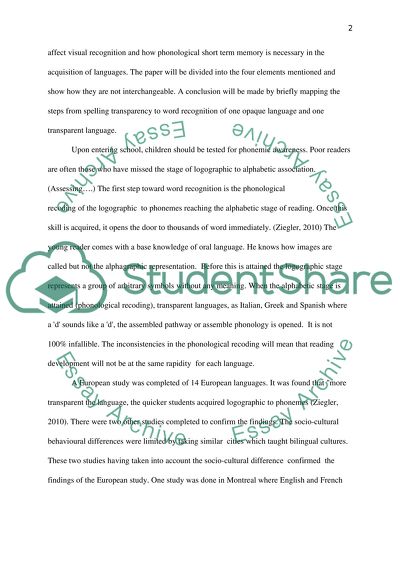Cite this document
(“Does Spelling Transparency Affect Visual Word Recognition And Short Essay”, n.d.)
Retrieved from https://studentshare.org/environmental-studies/1411340-does-spelling-transparency-affect-visual-word-recognition-and-short-term-memory
Retrieved from https://studentshare.org/environmental-studies/1411340-does-spelling-transparency-affect-visual-word-recognition-and-short-term-memory
(Does Spelling Transparency Affect Visual Word Recognition And Short Essay)
https://studentshare.org/environmental-studies/1411340-does-spelling-transparency-affect-visual-word-recognition-and-short-term-memory.
https://studentshare.org/environmental-studies/1411340-does-spelling-transparency-affect-visual-word-recognition-and-short-term-memory.
“Does Spelling Transparency Affect Visual Word Recognition And Short Essay”, n.d. https://studentshare.org/environmental-studies/1411340-does-spelling-transparency-affect-visual-word-recognition-and-short-term-memory.


